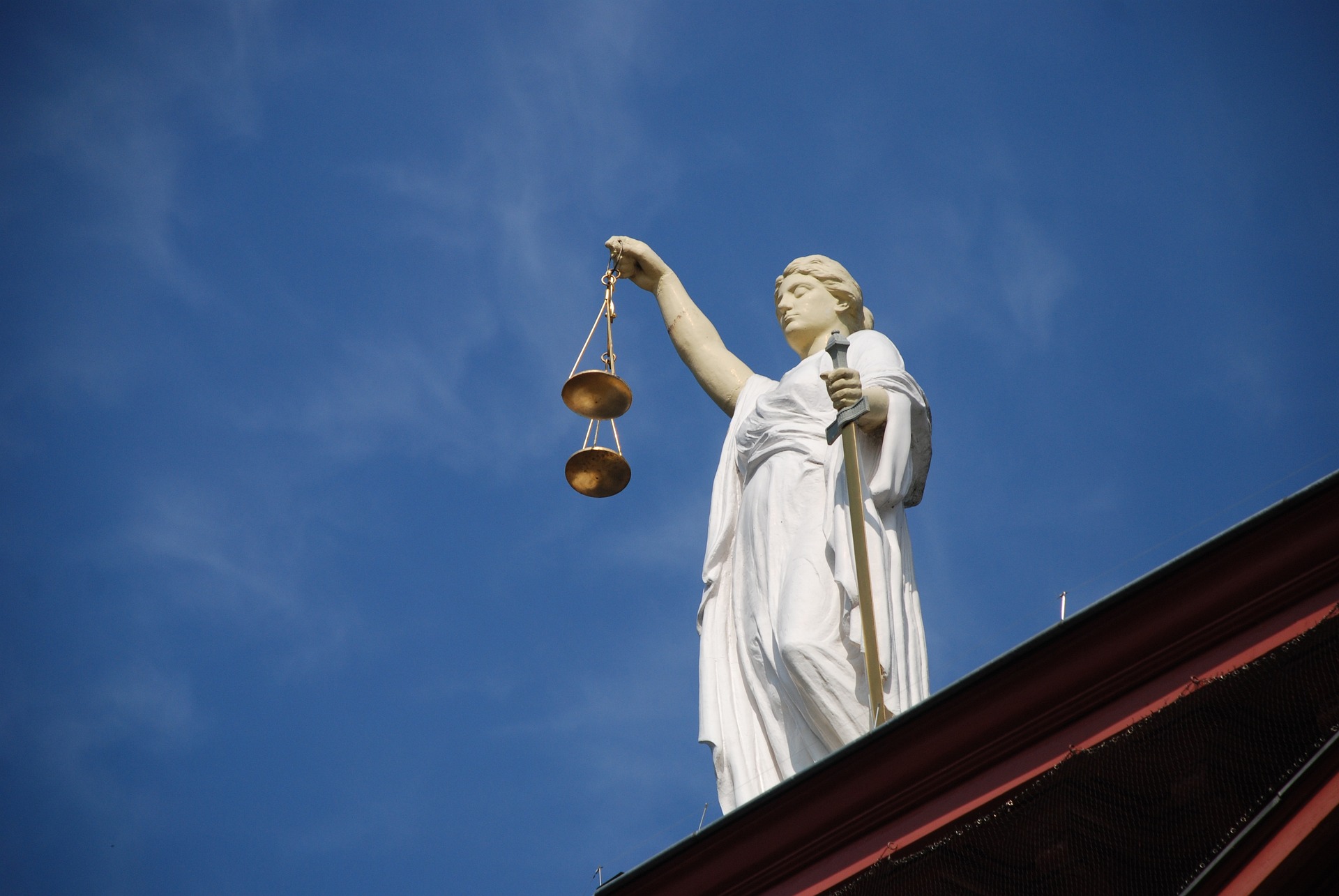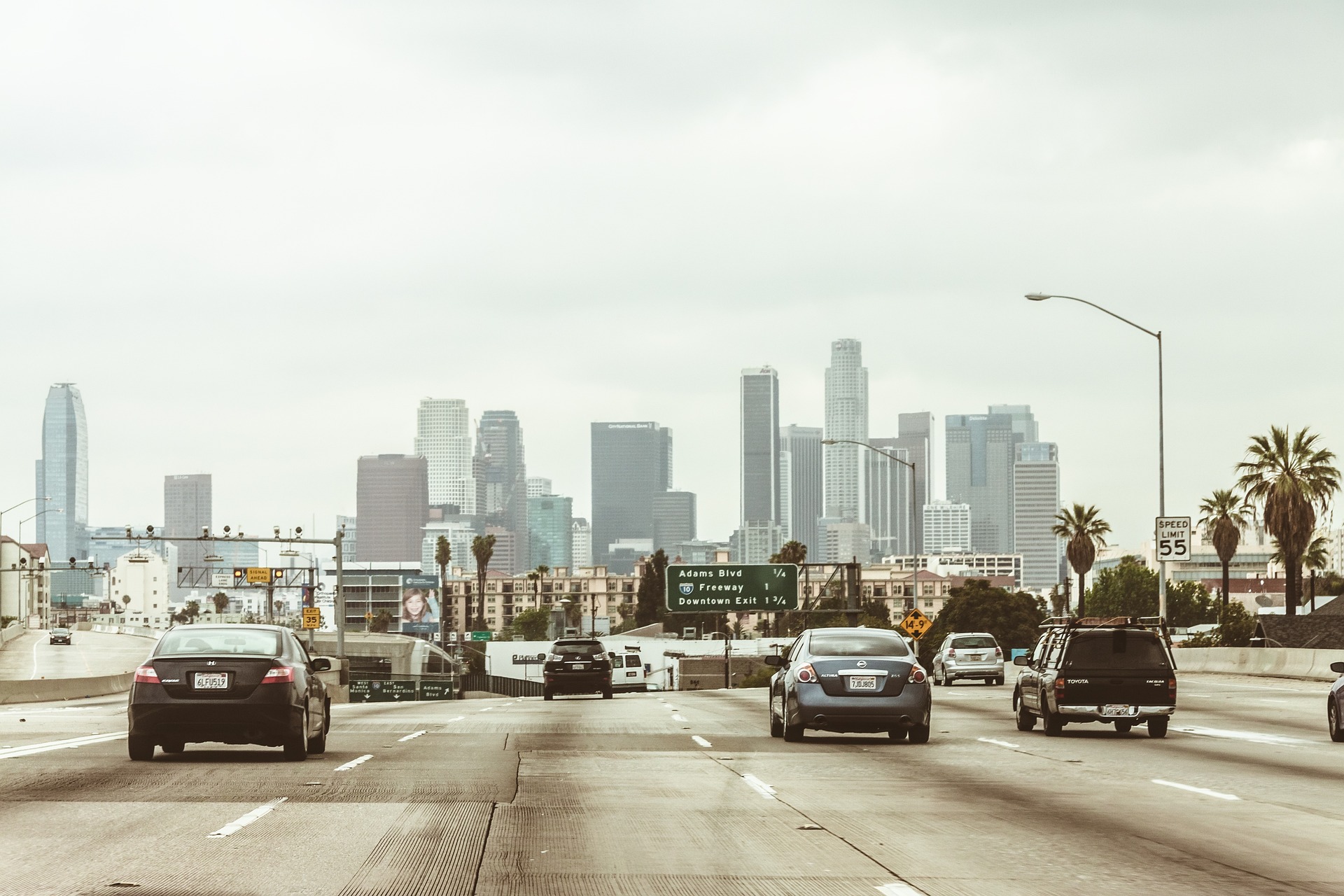Unpacking the Influence of Executive Orders in the U.S.
In the U.S. legal system, executive orders wield a substantial influence. They represent the president's directives that manage operations within the federal government. This article delves into the historical background, recent developments, and societal implications of executive orders.

A Historical Overview of Executive Orders
Executive orders have been a part of the U.S. legal system since George Washington’s presidency. The Constitution does not explicitly provide for them, but Article Two, which outlines the president’s duties, has been interpreted to allow their issuance. Executive orders have been used to enact significant policy changes, such as President Lincoln’s Emancipation Proclamation and President Roosevelt’s order to intern Japanese-Americans during World War II.
Understanding the Legal Framework
Legally, executive orders are as binding as laws passed by Congress, provided they’re rooted in the Constitution or delegated authority from Congress. They can be challenged in courts and overturned if found unconstitutional or beyond the president’s authority. This was the case with President Truman’s attempt to seize steel mills during the Korean War, which was declared unconstitutional by the Supreme Court.
Recent Developments and Controversies
In recent years, the use of executive orders has sparked debate. Critics argue that they bypass the legislative process and consolidate power in the presidency. Proponents, however, view them as necessary tools for governance, particularly when legislative gridlock occurs. President Obama made extensive use of executive orders on issues like immigration and climate change, while President Trump reversed many of his predecessor’s orders and added his own on issues like travel restrictions and deregulation.
Impact on Society
The societal implications of executive orders are vast. They can shape policy across a wide spectrum of issues, from the environment and economy to civil rights and national security. Their impact is often immediate, directly affecting millions of people. However, their reliance on the sitting president makes them vulnerable to being overturned by successors, leading to policy volatility.
The Future of Executive Orders
Given their powerful role in U.S. governance, executive orders are likely to remain a key legal instrument for future presidents. However, the controversy surrounding their use underscores the need for balance to avoid potential overreach and maintain the democratic principles of checks and balances.
This deep dive into the world of executive orders underscores their influential role within the U.S. legal system. As unilateral directives, they allow presidents to effect significant policy changes. However, their contentious nature calls for measured use and constant legal scrutiny.






